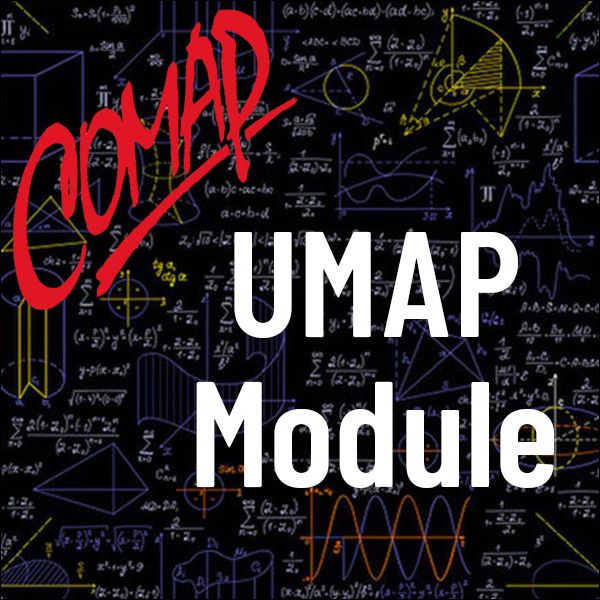The Impossibility of Trisecting Angles (UMAP)
Author: Mark D. Myerson
One of the most intriguing geometrical problems of antiquity is to trisect an angle. Although E. Galois proved around 1830 that it is generally impossible to trisect an angle with Euclidean tools, much effort has since been wasted in futile constructions. This unit gives a brief and elementary proof of this non-constructability. A few related theorems, such as the impossibility of duplicating a cube, are also included. Students characterize algebraically those points which may be constructed with a compass and straight-edge, and use this characterization to obtain classical geometric non-constructability results.
Table of Contents:
1. INTRODUCTION
Purpose, Prerequisites, Precise statement of the problem, Sources
2. SUBFIELDS
Definition, Examples, Aside, The Rational Root Test (Theorem 1)
3. SURDS
Definition of surd and examples, Definition of surd-curve and surd-point, Theorem 2, Theorem 3
4. CUBIC EQUATIONS
Defintions of F(k) and examples, Theorem 4, Main Theorem (Theorem 5)
5. NONCONSTRUCIBILITY PROOFS
The cube cannot be duplicated, There are angles which cannot be trisected, A regular heptagon cannot be constructed
6. SUMMARY
7. EXERCISES
8. SOLUTIONS TO MOST EXERCISES

Mathematics Topics:
Application Areas:
Prerequisites:
You must have a Full Membership to download this resource.
If you're already a member, login here.